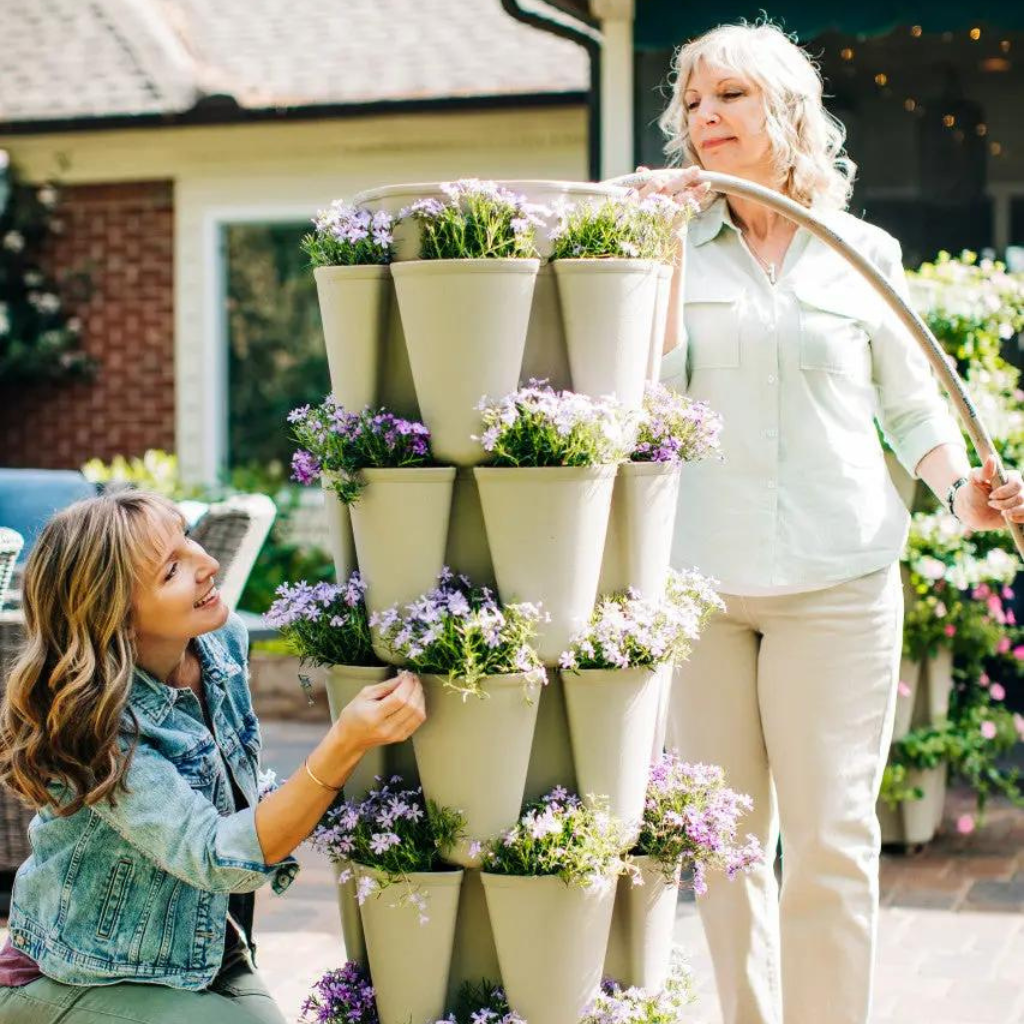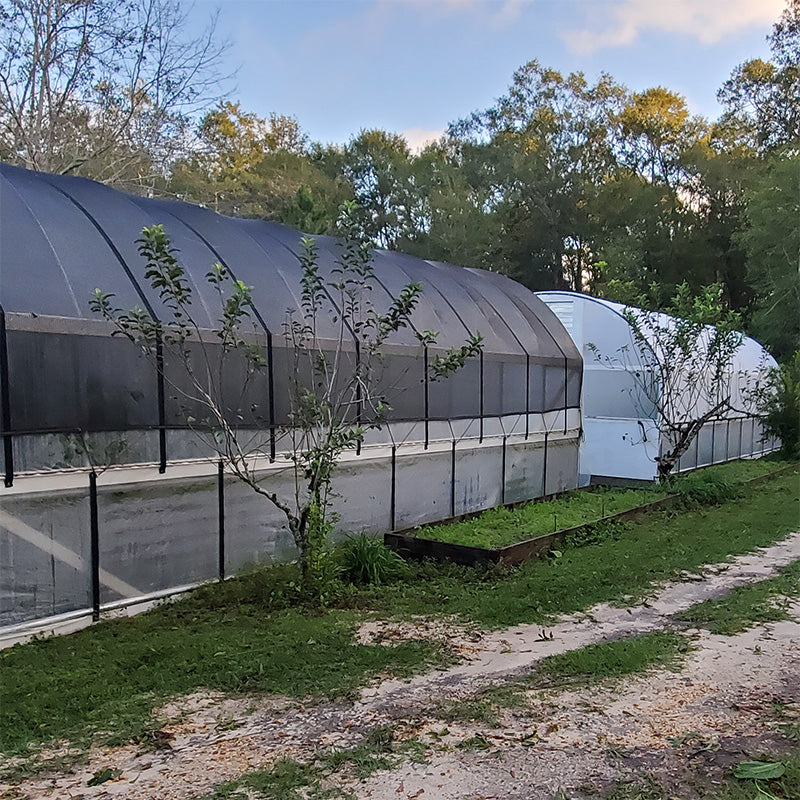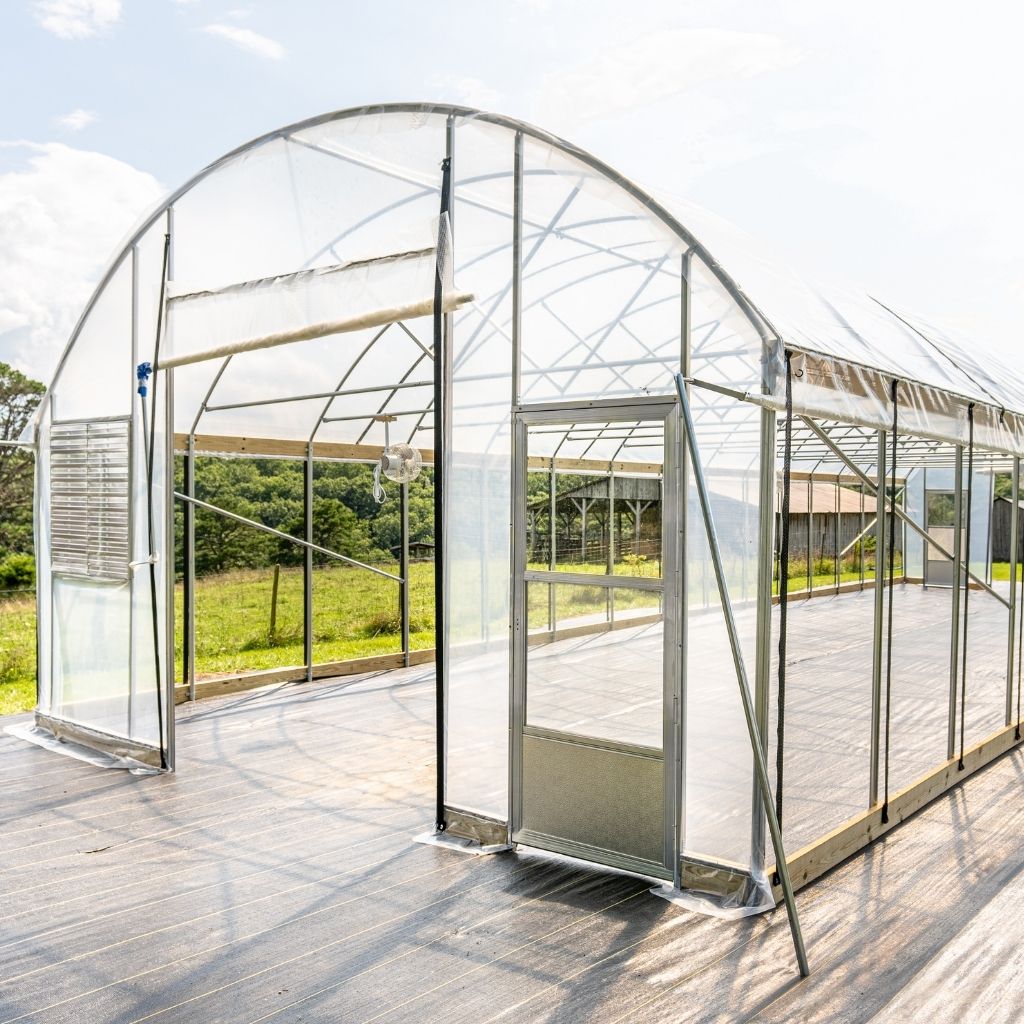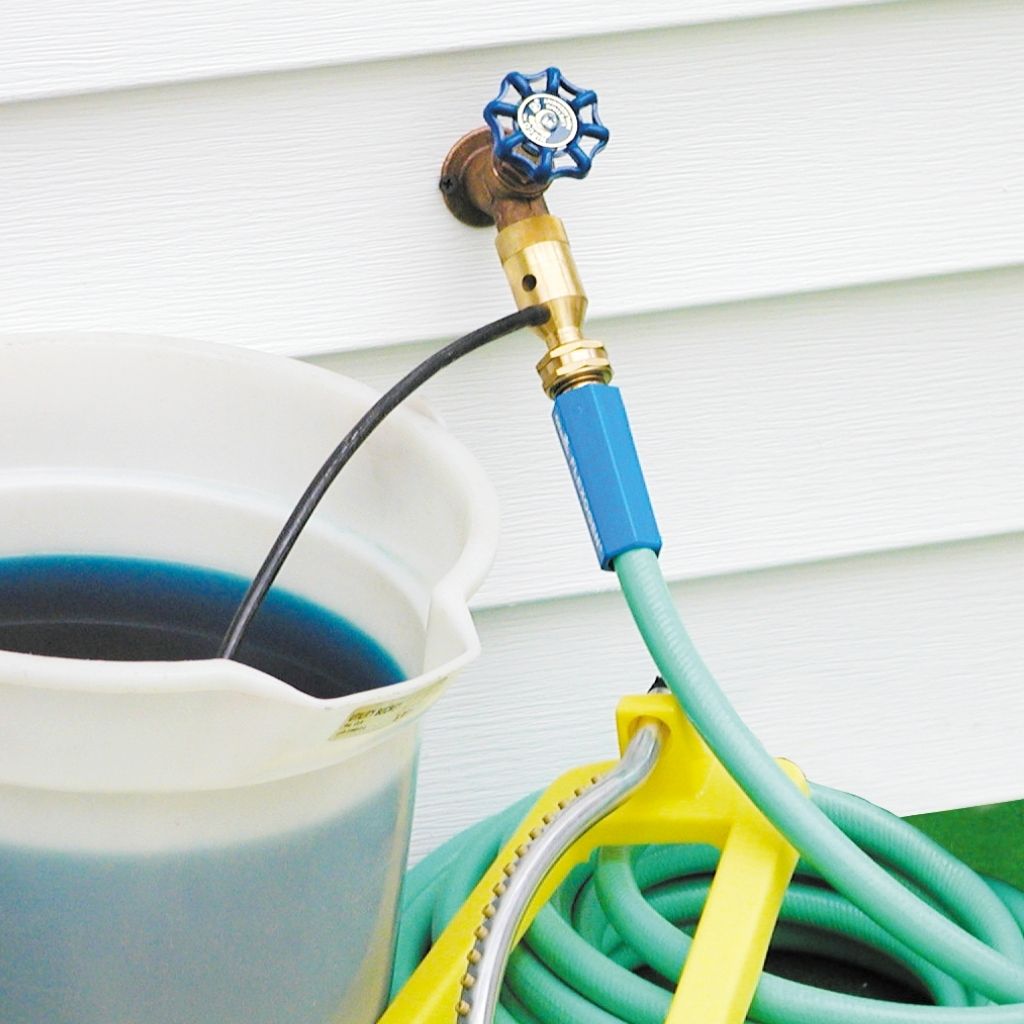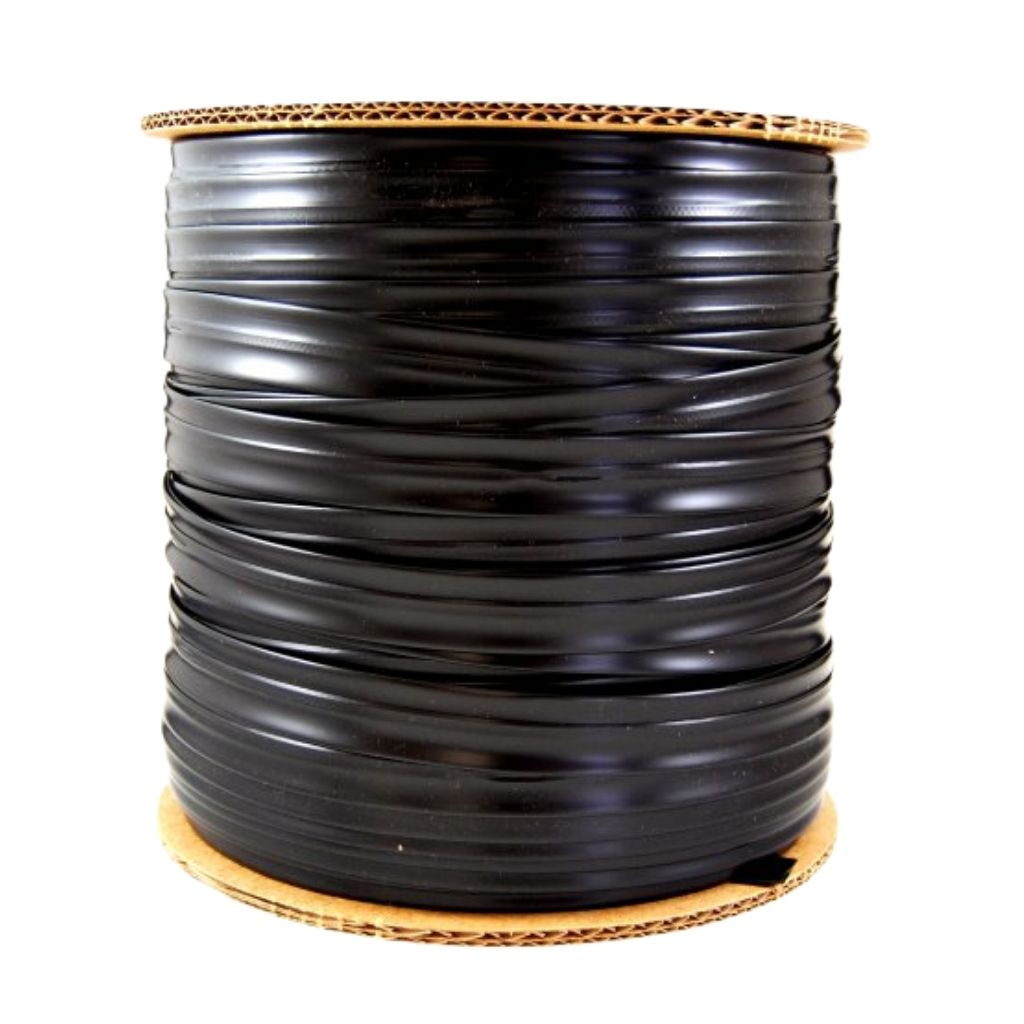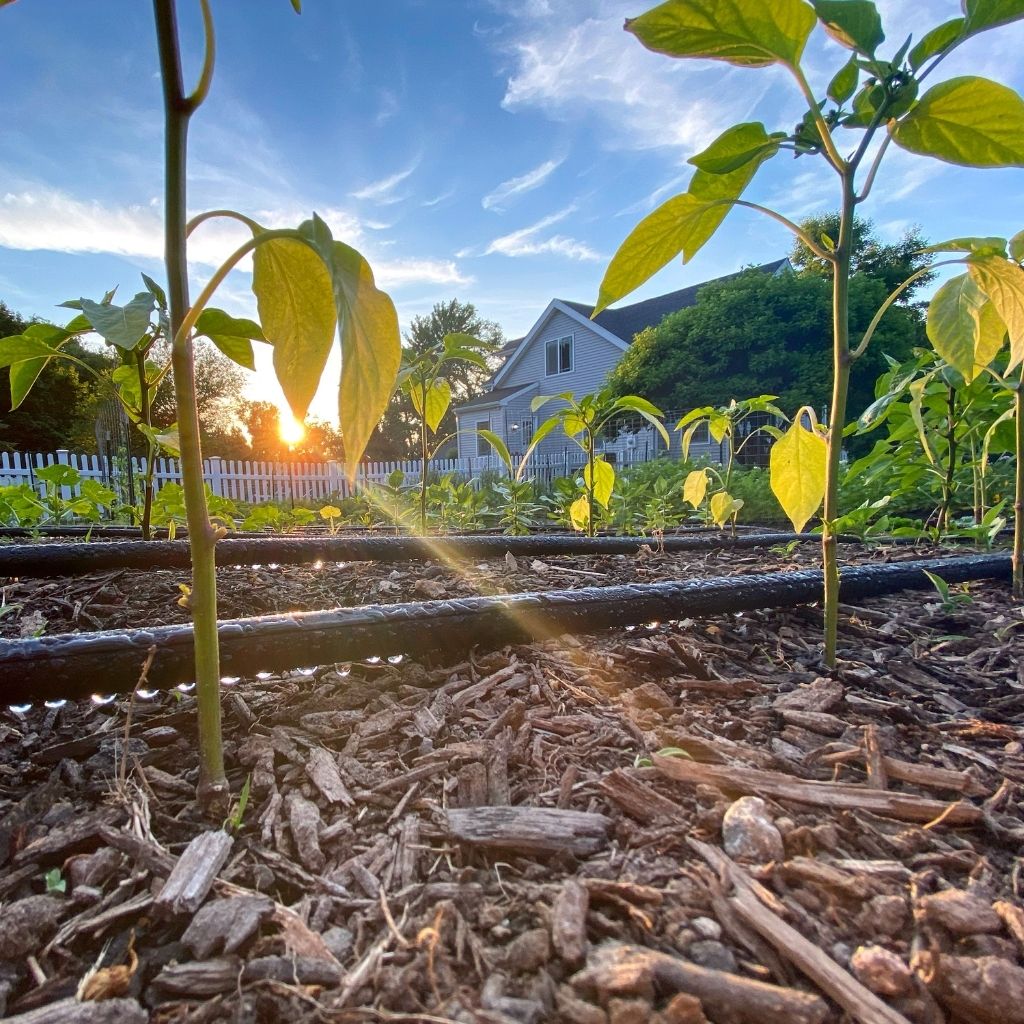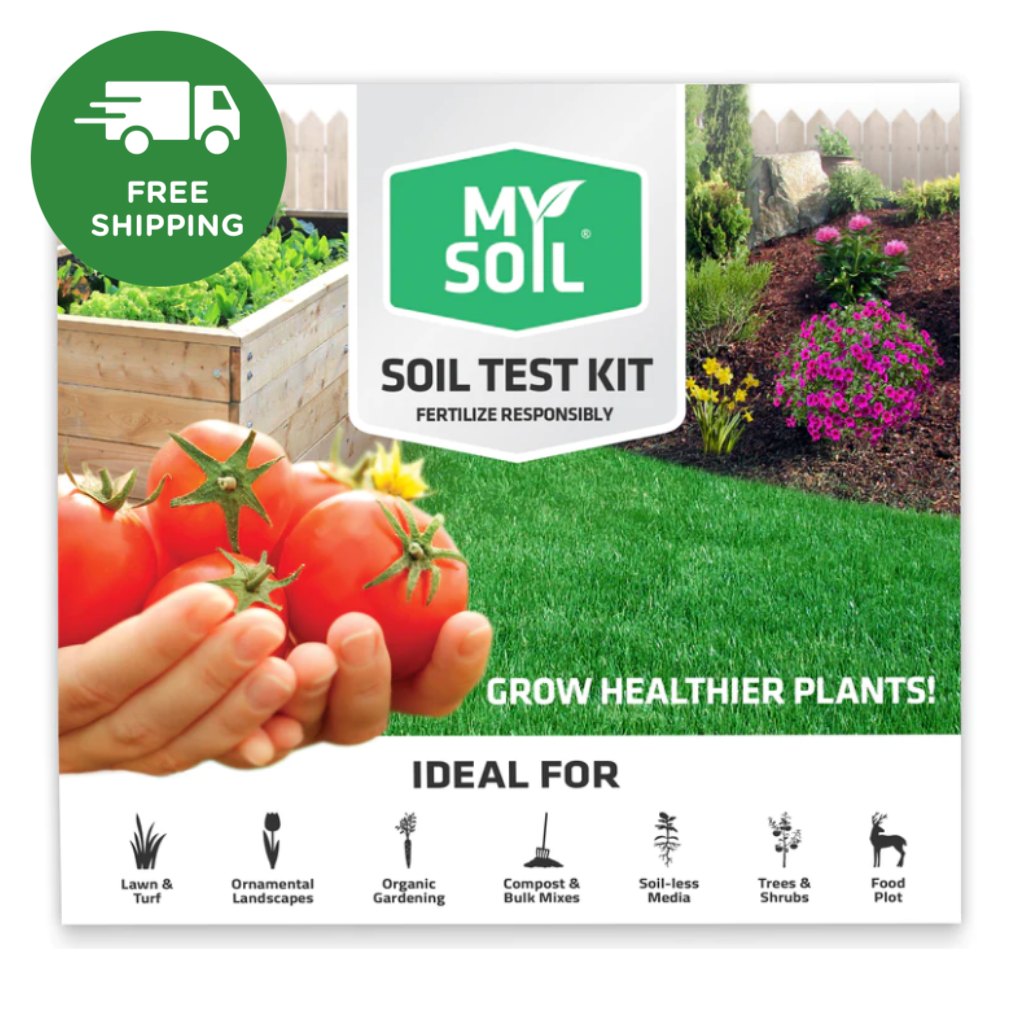New Seedlings and Transplanting

Recently, I planted various seeds at Growers Solution and waited for them to germinate. First, I placed the seeds in the NuMix number two soil that was used, recovered them, and watered them with a misting bottle. Once they were planted, I placed them on the rack provided and put heat mats under the flats and lights over the top of them, to produce faster, better germinating seedlings. Once this was all completed, I had to make sure that they were watered at least twice a day, usually the morning, and the night. Once the plants started to sprout, I lowered the lights from about 3-5 inches away from them, to about an inch away from them. This is done to make sure the new seedlings receive plenty of light and aids in the preventing of wilting and lying over. The problem that many, including myself, can face if the plants are not provided with enough water and light is the plants start to lie over when they begin to sprout. With the heat mats and the lights being on them constantly, the water is quickly evaporated, making them prone to droop and wilt, so watering is vital; however, if this happens, extensive watering can bring them back up, rather than just misting them. Be sure to keep plastic around the rack to keep in the humidity. The easiest way to do this is by taking two separate pieces of plastic, putting one piece on the back half of the rack and the other one on the front half of the rack and clipping them together after taking them out to water and placing them back on the rack on the heat mats. This way, you can simply roll of the front piece without having to fight a war against the plastic to get the plant trays out.

Once they begin germinating, just keep them moist and watered, and keep the light about an inch from the tray and keep the plastic clipped together when not working with the plants. Once this is all done, you will be able to begin transplanting when the seedlings all begin to grow. Every plant is different as to when to transplant because they all grow at different lengths of time and at different heights so your better judgement or research will best serve you as to when the proper time is. Usually it is about two weeks or so.
Transplanting is simple. Make sure you have your materials, such as the trays or containers you are going to use, the soil you are going to put in the new trays, and of course, your plants. The easiest way to do it is to fill the tray with three large scoops of soil and then spread it evenly with your hands or a ruler of some sort by scraping across the

top to fill the tray or container evenly and scrape away any excess. Next, make holes to put your plants in by inserting your finger into the soil. If you are using a tray with sections, just make one hole in each section. Next, pull the plants out of the first container and stick it into the holes. Once you have all the holes filled, gently shake the tray or container to fill the holes with the soil.
Now all that is left to do is to care for plants. Make sure they have plenty of water and heat as they continue growing. If you follow these simple steps, your seeds will develop into beautiful, large plants that won’t disappoint.




